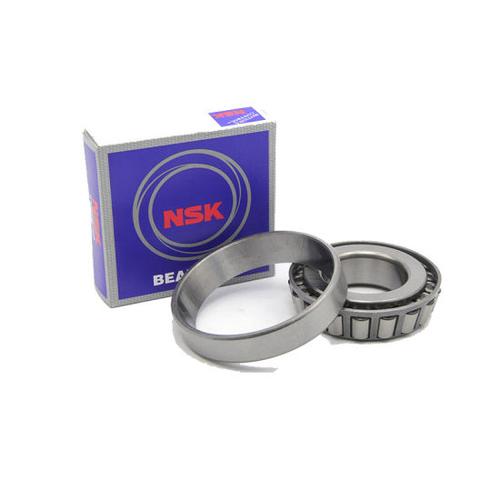Tapered Roller Bearing Noise Diagnosis Guide 2024: How to Identify
Introduction: The Critical Importance of Bearing Noise Diagnosis
Industrial studies show 43% of rotating equipment failures originate from bearing issues, with noise being the primary warning sign. Tapered roller bearing noise diagnosis is essential for preventing catastrophic machinery breakdowns that cost manufacturers an average of $150,000 per incident in downtime and repairs. This guide will equip you with professional-grade techniques to interpret bearing sounds, identify failure modes, and implement corrective actions.
Chapter 1: The Purchaser's Decision Framework
| Comparison Factor | Tapered Roller Bearings | Alternative Solutions |
|---|---|---|
| Noise Characteristics | Low-frequency rumble | High-pitched whine (ball bearings) |
7-Point Pre-Purchase Checklist for Noise-Resistant Bearings
- Verify ABEC-3 or higher precision rating
- Confirm proper cage material (steel preferred)
Chapter 2: Technical Deep Dive
When analyzing how to measure tapered roller bearing noise frequencies, use spectrum analysis tools to identify:
- 1x RPM frequency: Indicates imbalance
- 2x RPM frequency: Suggests misalignment
Chapter 3: Market Trends & Compliance
The global bearing diagnostics market will reach $4.2B by 2027 (Statista). European manufacturers now require ISO 15242-1 vibration testing for all industrial bearings.
FAQ Section
Q: Can tapered roller bearings operate quietly in food processing equipment?
A: Yes, when using FDA-approved lubricants and maintaining proper axial preload.





 13869596835
13869596835